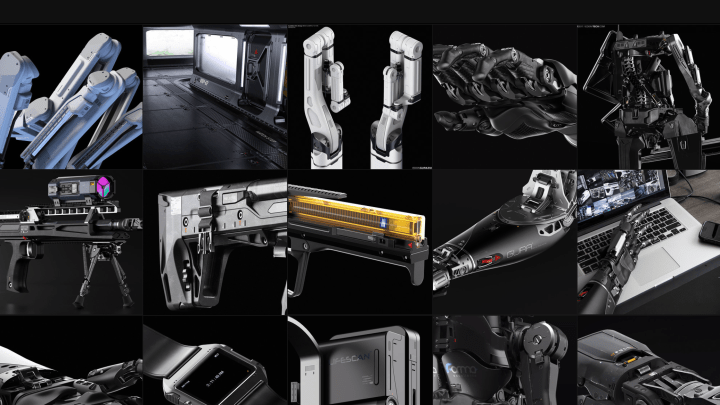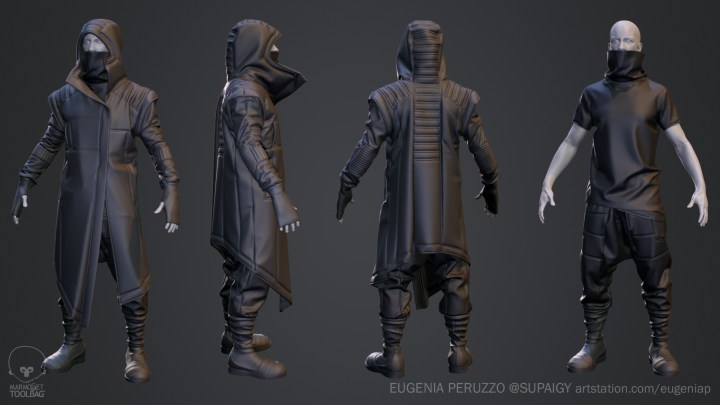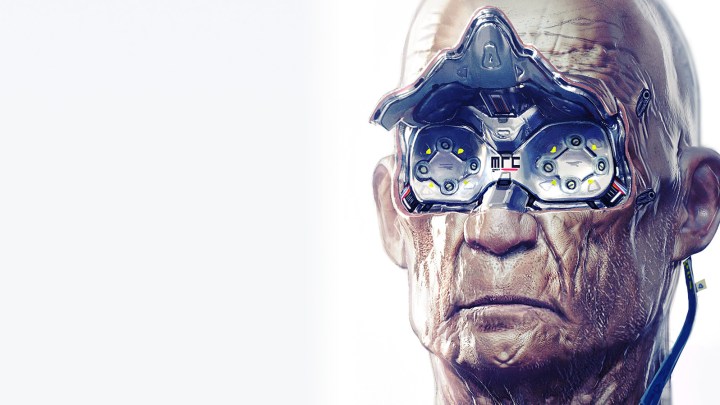Wacom Presents: How to Improve your 3D Art While at Home
WACOM PRESENTS – A Work From Home Series
Presented by Wacom, learn tips and tricks from artists and experts on how they find inspiration and motivation while working from home. Check out ArtStation Magazine weekly to discover new featured artists and get inspired. This week, discover the incredibly talented 3D artist, Jeryce Dianingana, and get his tips on how professional artists can level up their 3D art skills outside the studio.
 Jeryce is a 3D Environment Artist who has worked in a number of AAA Game studios during his career. He weaves his passion for his African heritage into his 3D art, creating unique environments. Two of his environments received ArtStation Challenge Awards; “Feudal Japan: The Shogunate” and “Beyond Human.”
Jeryce is a 3D Environment Artist who has worked in a number of AAA Game studios during his career. He weaves his passion for his African heritage into his 3D art, creating unique environments. Two of his environments received ArtStation Challenge Awards; “Feudal Japan: The Shogunate” and “Beyond Human.”
Recently, some artists have come up to me to ask how I take the time to focus on personal projects and where do I get my inspiration while working from home during the current lockdown. So, here are some of my tips for levelling up your 3D art while being stuck at home and I hope they will help to inspire you as well!
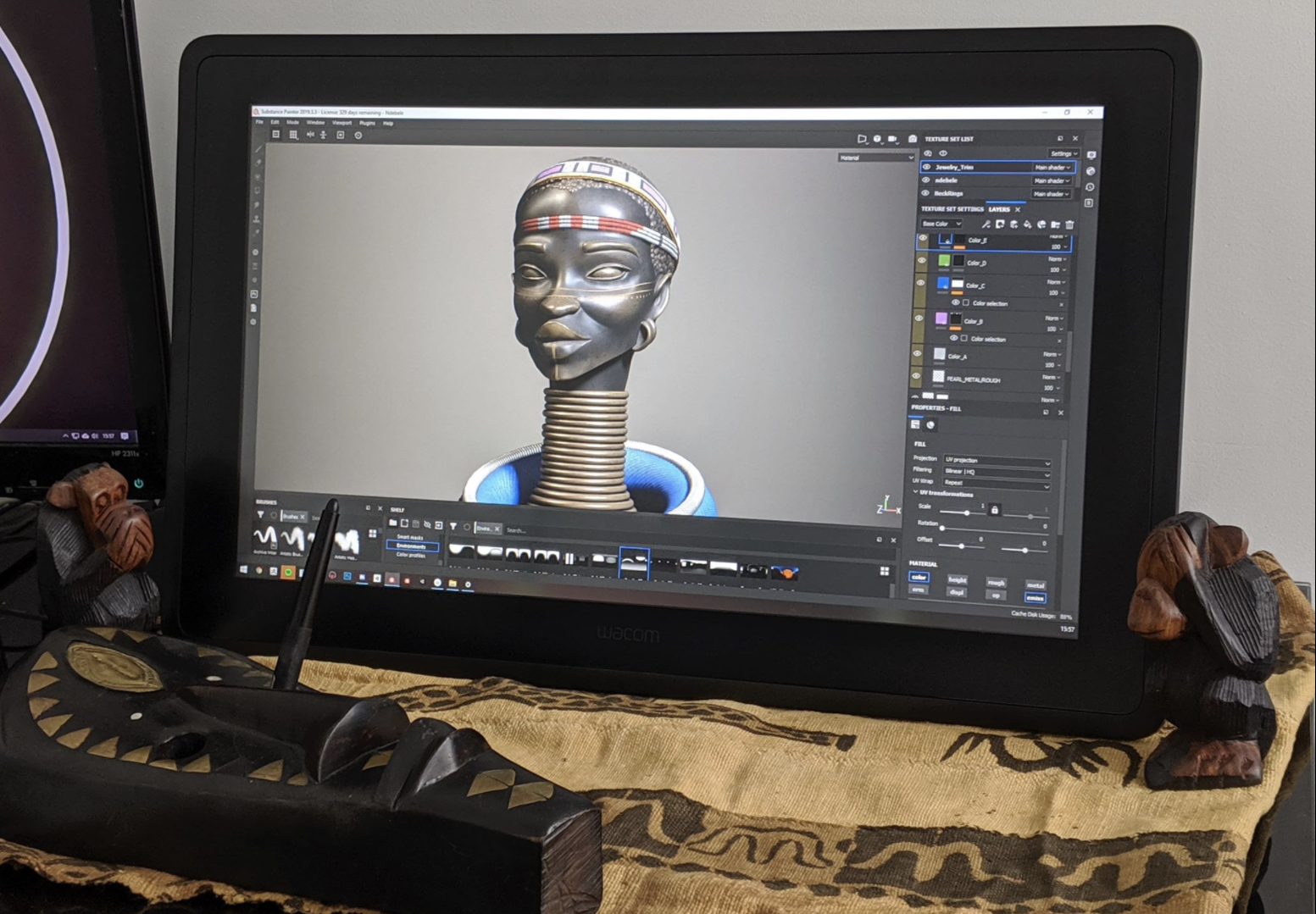
Explore New Territories with Tutorials
Just because you are stuck at home does not mean that you cannot get out of your comfort zone. Go online and start watching tutorials by artists you admire. It is a great way to learn more about other domains and pipelines, and just generally learn and experiment with new things.
For example, 3D anatomy has always scared me from doing some assets or scenes that I really wanted to do in the past. I was hiding those bad sculpts under a nice piece of cloth made in Marvelous Designer. To get over my fear, I spent a lot of time watching the works of character artists like Niyazi Selimoglu and Magdalena Dadela.
I also followed a couple of easy tutorials for beginners on ZBrush. The artist Hossein Diba is currently making a lot of interesting free tutorials called Lets Sculpt Together. An excellent initiative by this talented artist.
Raf Grassetti also has one of the most complete sets of tutorials for human anatomy that I ever saw. His tutorials have helped me feel more confident with ZBrush and helped me to create my latest project Ndebele Tribute.
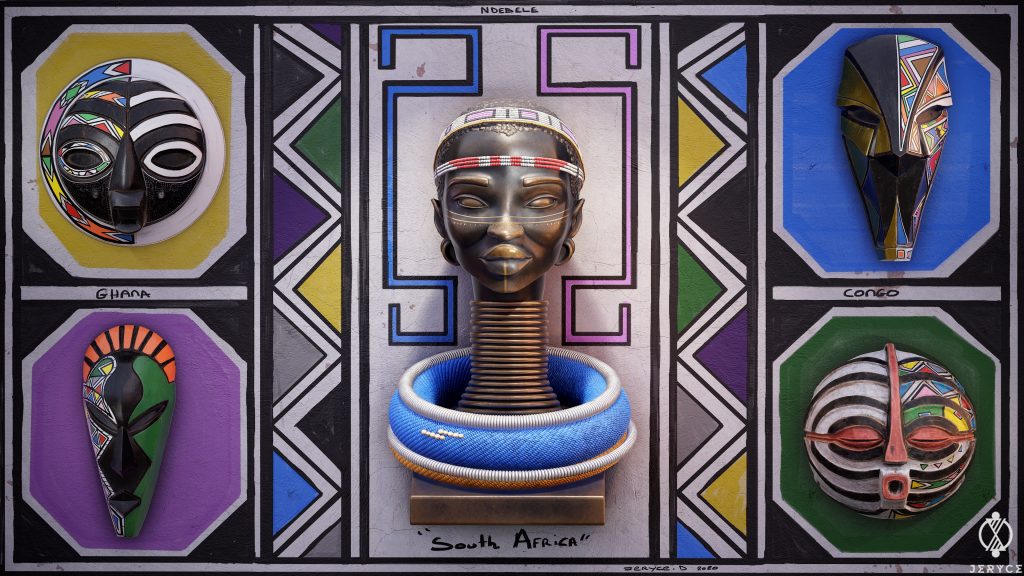
Recently, Blender caught my attention – it has many good features like the EEVEE render, cloth system and sculpting tool. To get up to speed on Blender, I’m planning to follow Michael Kinsey’s Intro to Blender course on Artstation Learning.
If you are looking for Substance tutorials, there are some great one’s on Substance Magazine. I found Magdalena’s Between Cute and Creepy: Magdalena’s Mandrake Babies tutorial to be really interesting for characters! Or, if you want to explore ArchViz, I recommend checking out Substance in Archviz: Tutorial by Kyle Jones.
Create your own pipeline
After looking at all these tutorials, try experimenting with different techniques and software. You could find something interesting that could speed up your process. It will also make you more versatile in a studio.
Join an Online 3D Challenges
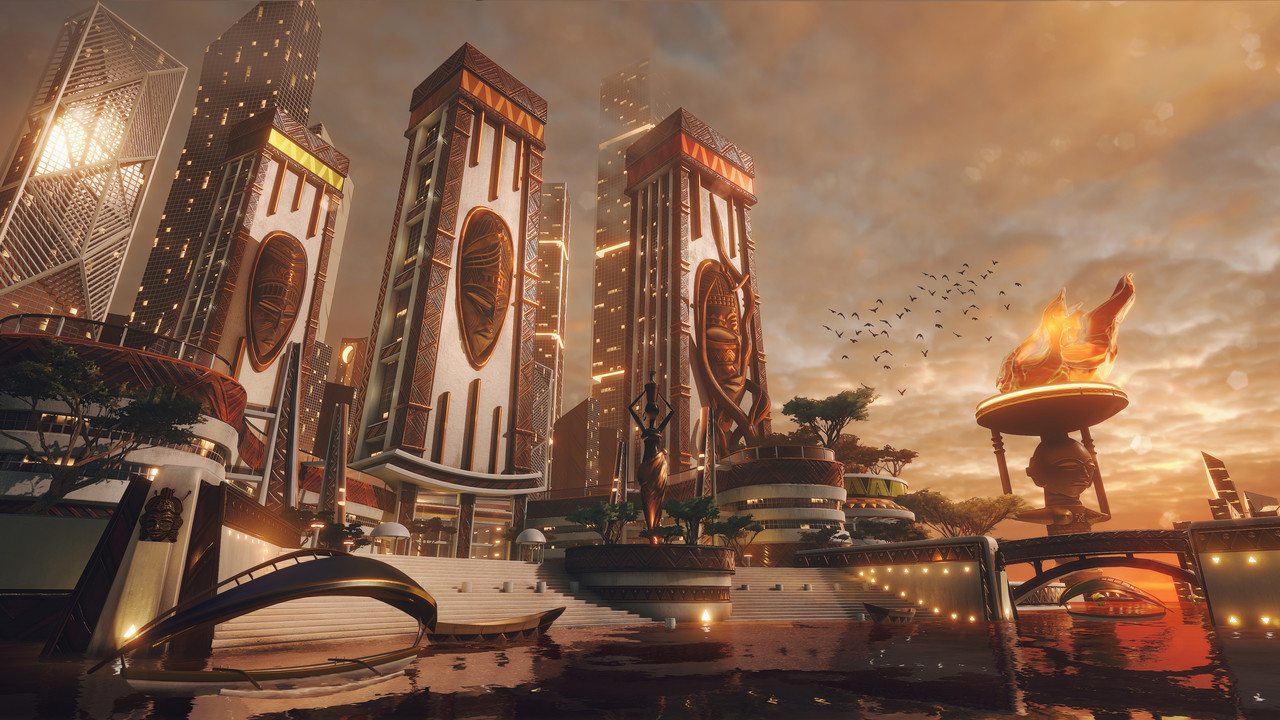
Wakongo River – Beyond Human ArtStation Challenge -Submission
One of the things that I like is to do is participate in online challenges; being motivated with a group of people is one of the best ways for me to get something done.
You can set up a Discord channel, Skype, or a Zoom meeting, and find a good theme-based challenge. Could be a texturing challenge, environment, props…For example, it can be on an everyday life object, movies, games, or other media that would be interesting to do and put a deadline on it.
A deadline can be tricky if it is too long and the motivation can slowly fade away. I personally think that having a short one with a funny subject can really benefit you.
I tend to choose the same themes and shapes when I have the choice. I struggle, of course, when I try something new but being an artist is not easy. There is no improvement without difficulty.
Tell yourself that everybody has to start somewhere. Getting out of your comfort zone is the best thing that can happen for you when you want to learn and improve your creativity.
I like to take part in the Empire Monthly Challenges and the Sketchfab Weekly Challenges.
Be Social & Proactive in Feedbacks
Socializing with other artists gives you the chance to discover the skills of other artists in our fields. It is also a good opportunity to have a lot of constructive feedback. They will push you to your limits and your skills will definitely improve. It is a good way to initiate a discussion with another artist. As the creator, you rarely see your blind spots. Playings games together, talking about the graphics, having new ideas while playing is a good way to learn, and having fun. Don’t be too shy, you can reach people on Twitter, send a message on ArtStation, join a discords server to know more people.
By doing The Ndebele bust I received feedback from different artists. They helped identify many anatomy errors I did. Thanks to them, I fixed some elements like the position of the eyes, nose, lips, and other things that made my sculpt more convincing and natural. I wouldn’t have this result without them
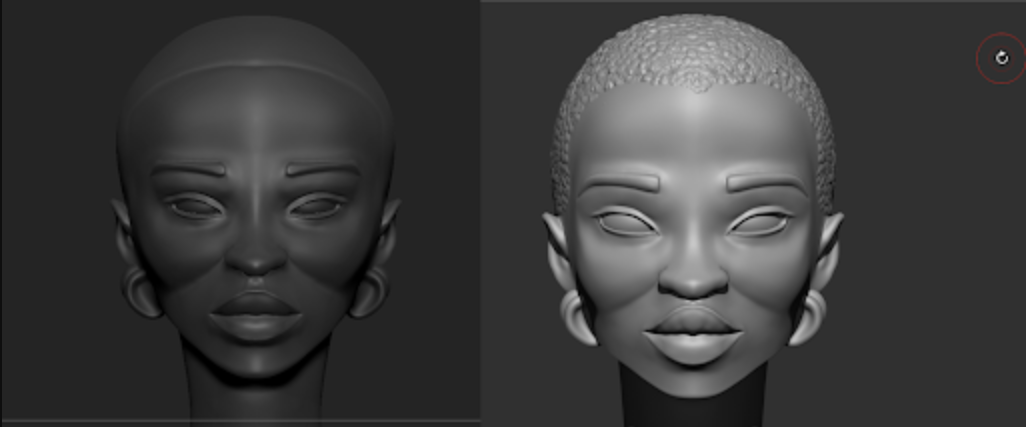
Before giving any feedbacks try to remember that you want to improve the situation, you won’t help anybody by being too rude and offensive. Be clear for the artist to know exactly what he has to improve.
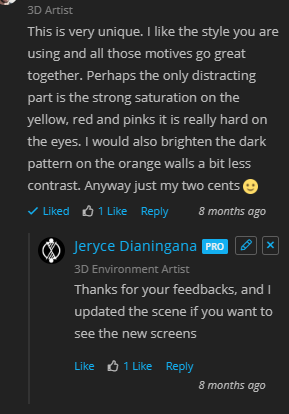
Find Inspirations in other Media
Sometimes, it is good to not stay in the 3D World too much. Looking at other media can extend the limit of what you thought was possible and can add a lot of good things to your creative process.
Film and Documentaries
As an environment artist, I like to look at movies for their composition, lighting, and different camera techniques to improve my scenes. I recently made a quick list of movies that I need to watch or re-watch. On Youtube, you can find many videos regrouping greats beauty shots in cinema like this video for The Most Beautiful Shots In Movie History.
One of my main inspirations for most of my art is African culture. I greatly enjoy documentaries about carving masks and different types of celebrations. To understand the way they’re created and their purpose, it benefits me a lot both in 3D and personally.
Books
Books are a good way to take a break from your screen while still being productive for your artworks. I’m currently readings a lot of books on African culture, like Kifwebe: A Century of Songye and Luba Masks.
Do Blocking Out Exercises
A Blockout is where you define the base shapes and volumes of your scene using simple shapes. This allows you to define all the forms and ideas simply before going fully into the scenes production. Blocking out scenes is a good way to try different things and put your ideas together quickly. This will also let you form the full composition and provide a great overview of the amount of work required.
Starting the creation of something new can be a nightmare and it’s okay. You have to take your time when inspiration doesn’t come up. I usually spend a lot of time on Pinterest, Google Images, and Artstation fetching a lot of references for inspiration.
Taking movie shots, concept art, or photography as a reference is a great exercise for an environment artist.
You can use this block out as a testing ground for different things related to a level in a video game such as Lighting and Modular asset building. You can see how I did one here.
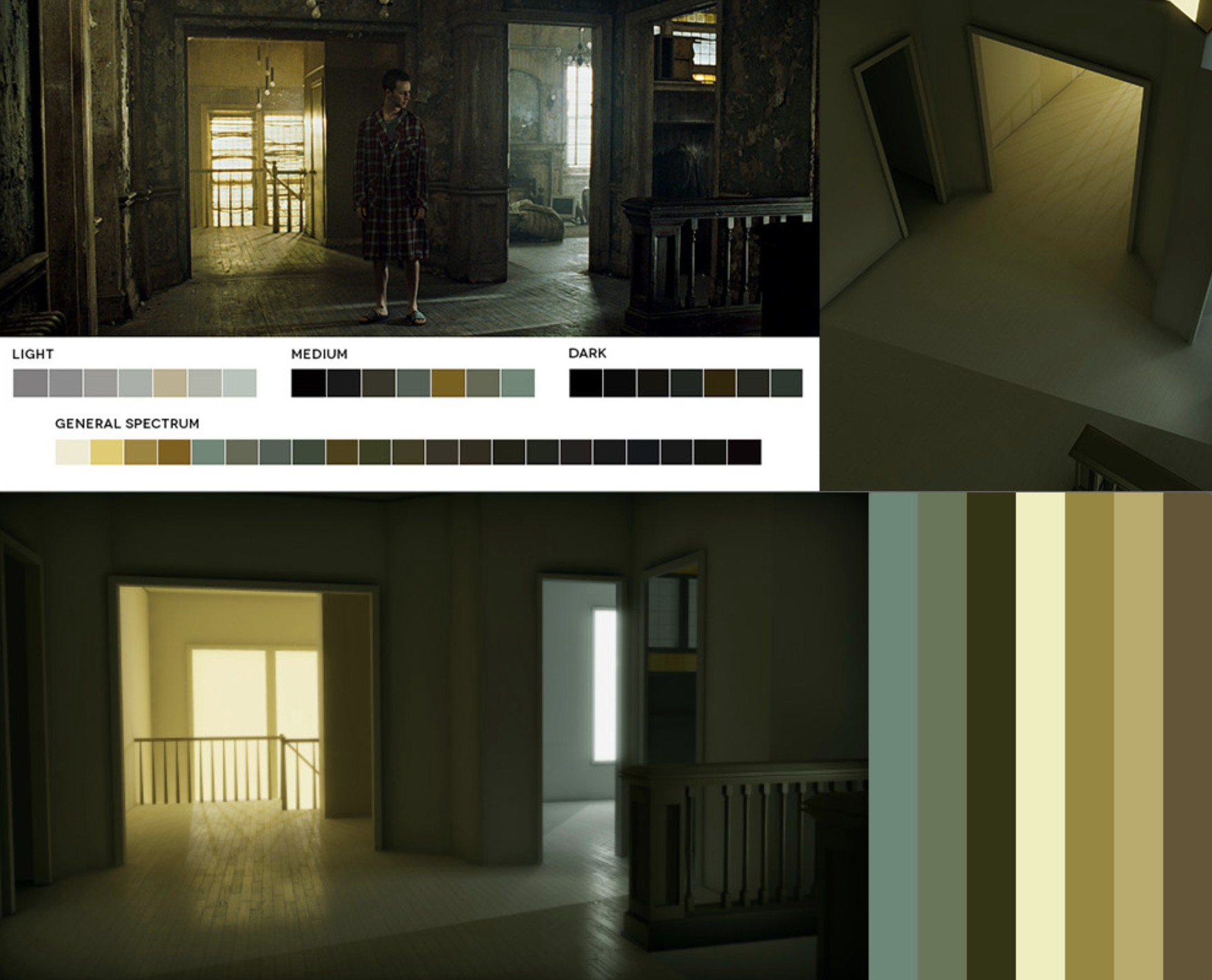
By doing a lot of them you will feel more comfortable establishing size and scale for your futures environments. Take the time to identify your needs, take advantage of the free extra time to learn new skills.
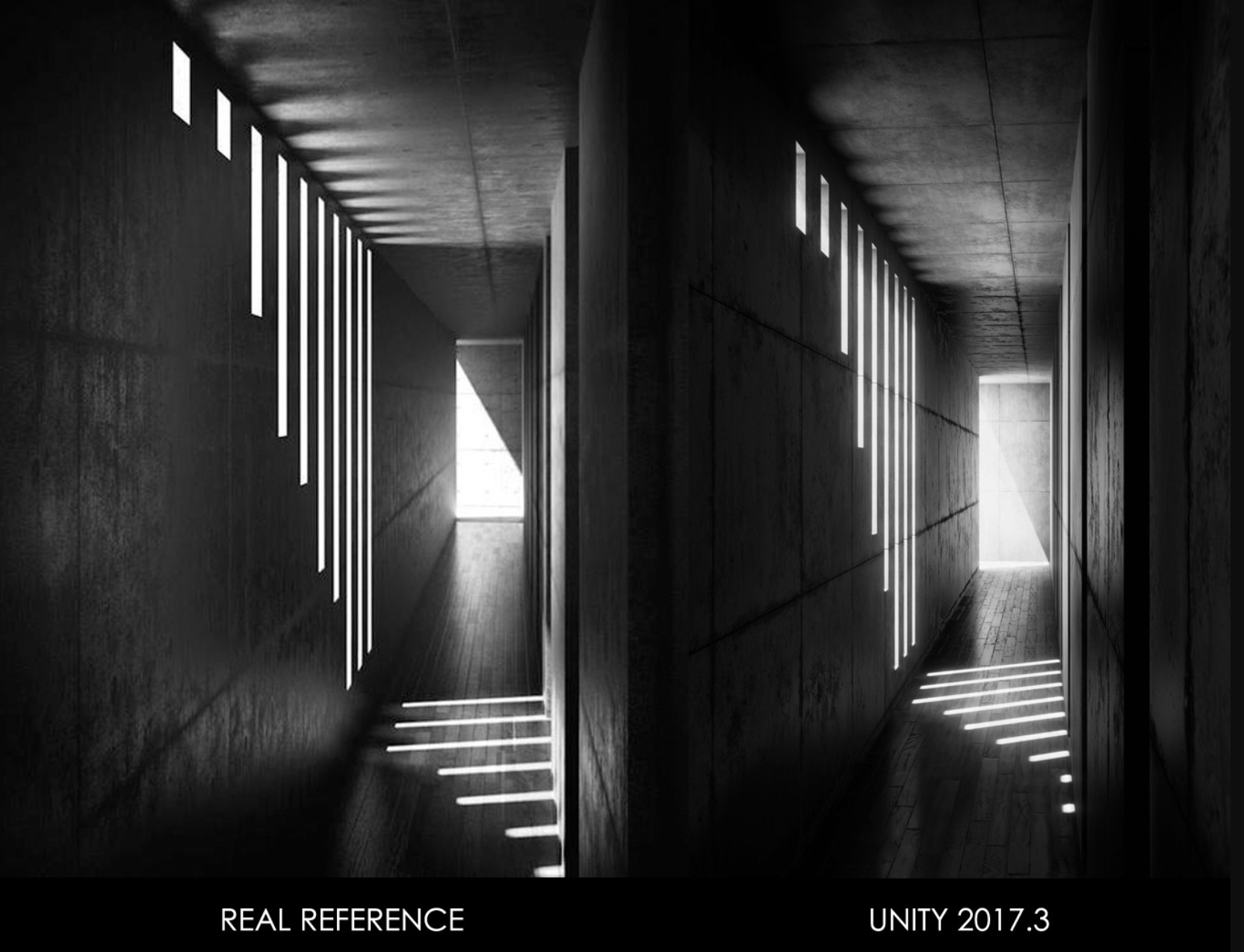
Make Art that is Meaningful for Yourself
Connecting with your art is a key point to enjoy what you are doing in your free time. It will lead to places that you didn’t even think about. When you find inspirations, try to understand how everything was made, how you can make it yours and use it to your advantage. You will not see the time fly!
-Jeryce
[wbcr_html_snippet id=”25411″ title=”Wacom Tablets”]






















